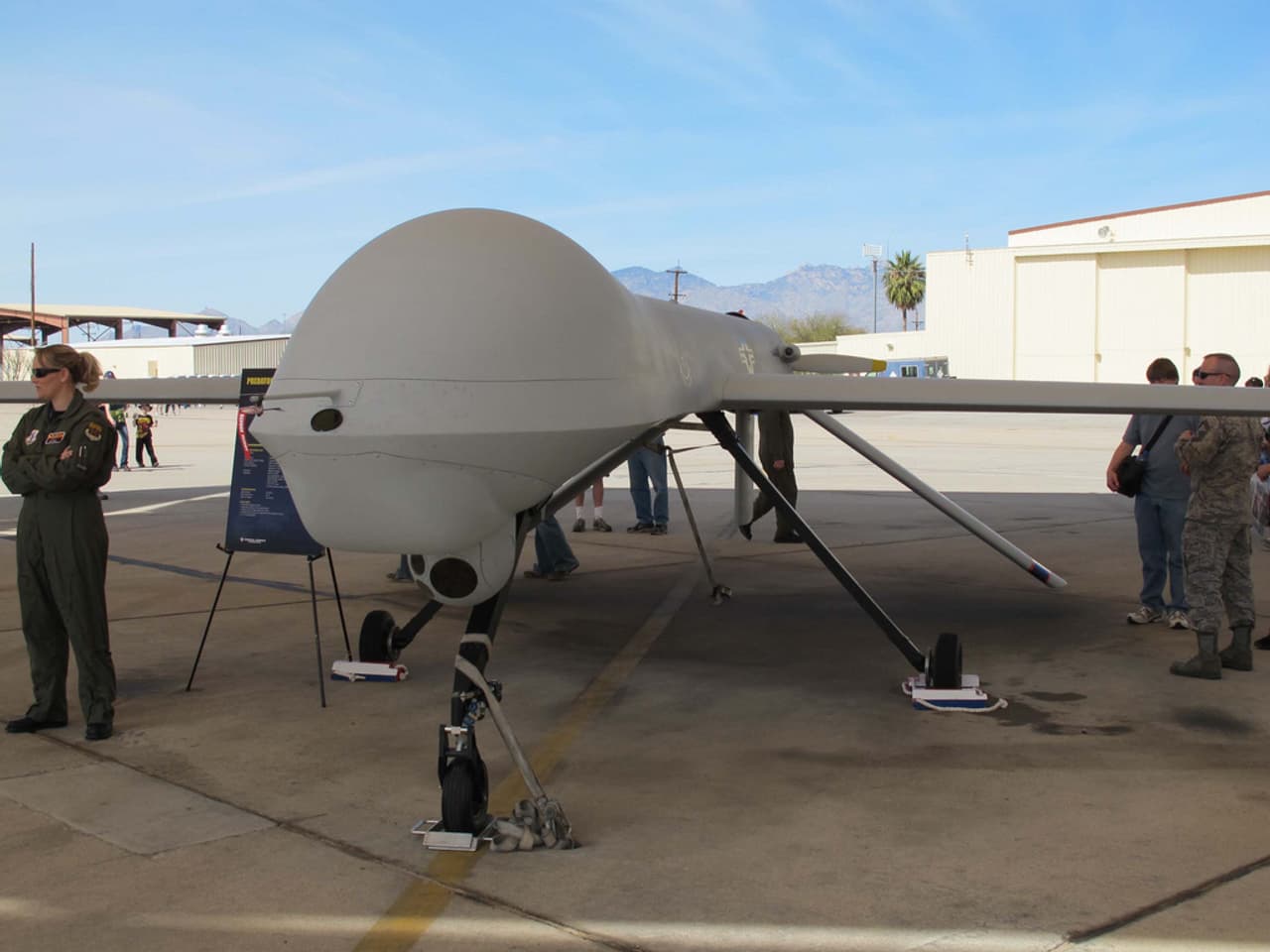
US military operations against Taliban dramatically escalate
US military operations against the Taliban - which nominally ended in December 2014 - have dramatically escalated during the Trump presidency, latest figures show.
According to a breakdown of US strike data obtained by the Bureau, over 70% of the 898 strikes carried out since the start of the year until the end of April have targeted the group.
Over half the total strikes hit in April, indicating a significant intensification of US air operations in the country. April also saw the US drop more weapons on Afghanistan than it has in a single month since August 2012. Most of the strikes – 296 strikes – targeted the Taliban.
Rules passed by the Obama administration in June 2016 gave US commanders greater leeway to hit the Taliban. But despite the increasing US air support, Afghan forces are still struggling to keep key areas out of the hands of the insurgency.
Meanwhile, US forces are also fighting Afghanistan’s branch of Islamic State, on which they unleashed a weapon known as the “mother of all bombs” on April 13. The GBU-43/B Massive Ordnance Air Blast bomb (MOAB) is the most powerful non-nuclear bomb it has ever used in combat. The MOAB was deployed for the first time to destroy a system of tunnels and bunkers used by the group in Afghanistan’s Nangarhar province, where it has established a foothold.
The escalating tempo of strikes looks unlikely to slow, with the US Defence Secretary Jim Mattis acknowledging just this week that 2017 would be a tough year for international forces and their Afghan partners.
The US commander in Afghanistan, General John Nicholson, requested more troops for the NATO "train, advise and assist" mission in February to break what he called a “stalemate” in the country. Commanders are awaiting US President Donald Trump's decision on this.


